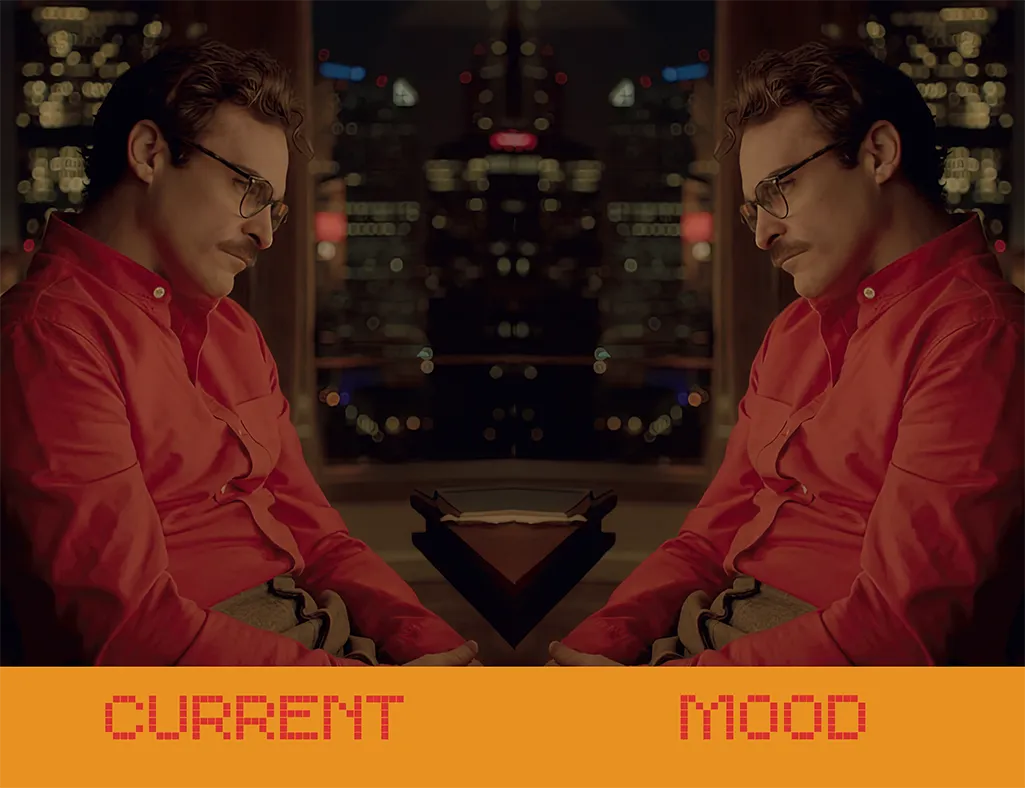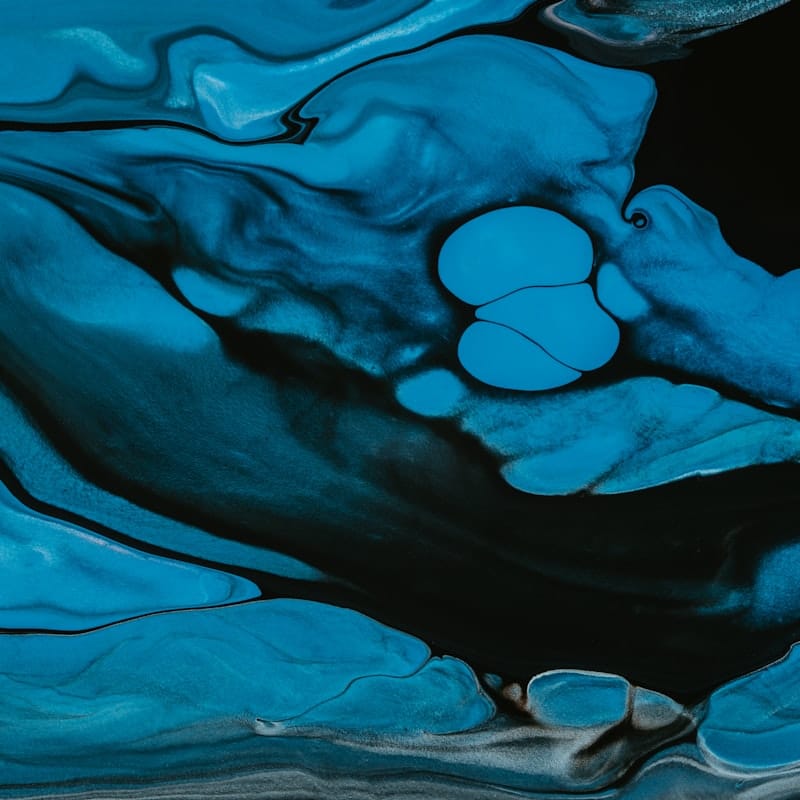- Sure. Design is in crisis. The current mood says as much. Even as it’s unsettling and anxiety-inducing, it’s not so surprising.
- Not really.
- I’m going to say some mean sounding things. They sound mean, but I don’t mean you ill. I’m not trying to shame anyone, even as I point out shame-worthy behavior. I’m not trying to be an asshole. I don’t mean to inflict pain or kick you when you’re feeling glum or angry or confused.
- I want to help. Also, I’m not going to be your coddling friend for the 13 minutes it will take you to read this.
- I’m going to be plain.
- I’m going to be direct.
- I’m not concerned about making you upset, or making you resentful, or being an asshole for the day.
- Everyone is someone’s asshole some of the time. Just ask that guy who honked his horn at me just now.
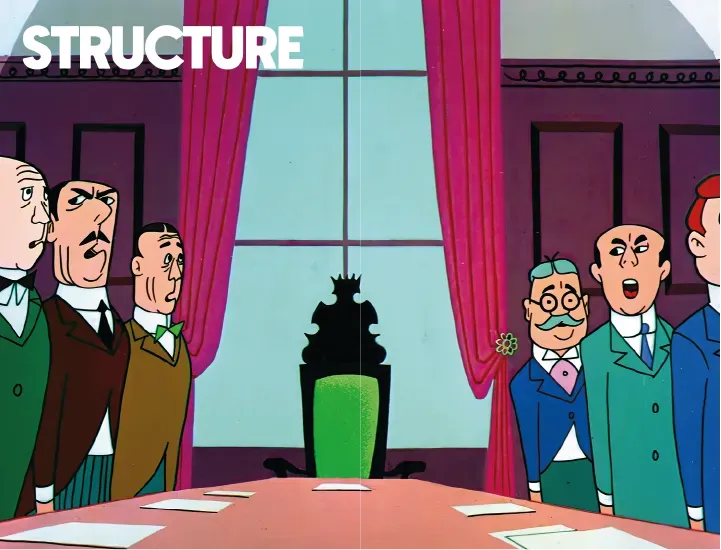
- You were born into a world in which Art and Money are meant to be in conflict, opposed forever.
- Let me say that again with some new idioms: You were born into a world in which Imagination and Structure are set against each other and, really — do you know why?
- I don’t. It just has been. There’s certainly a story there, somewhere, for another time.
- The challenge in trying to describe this conflict is that, allegorically, it precedes us and our ways of being.
- What is the architecture of this opposition? Is there something to be learned from within this forever always opposition in which we have never known a world otherwise?
- Maybe, but I see as a more critical concern, or objective, or goal which is this: for the sake of existential survival, we need Imagination and Structure to be in deep, rich, collaboration.
- For most of us, we have an opportunity early on to have a nurtured creative consciousness — until we’re told to stop doing ‘that’ and get serious. Stop playing with crayons, or the equivalent. You know the sentiment: “No one ever made a living as a novelist, are you kidding me? Get real..”
- This primal fracture splits the creative consciousness and we may carry that early sense of the potential and beauty and feeling of Imagination with us for our entire lives, sorrowfully.
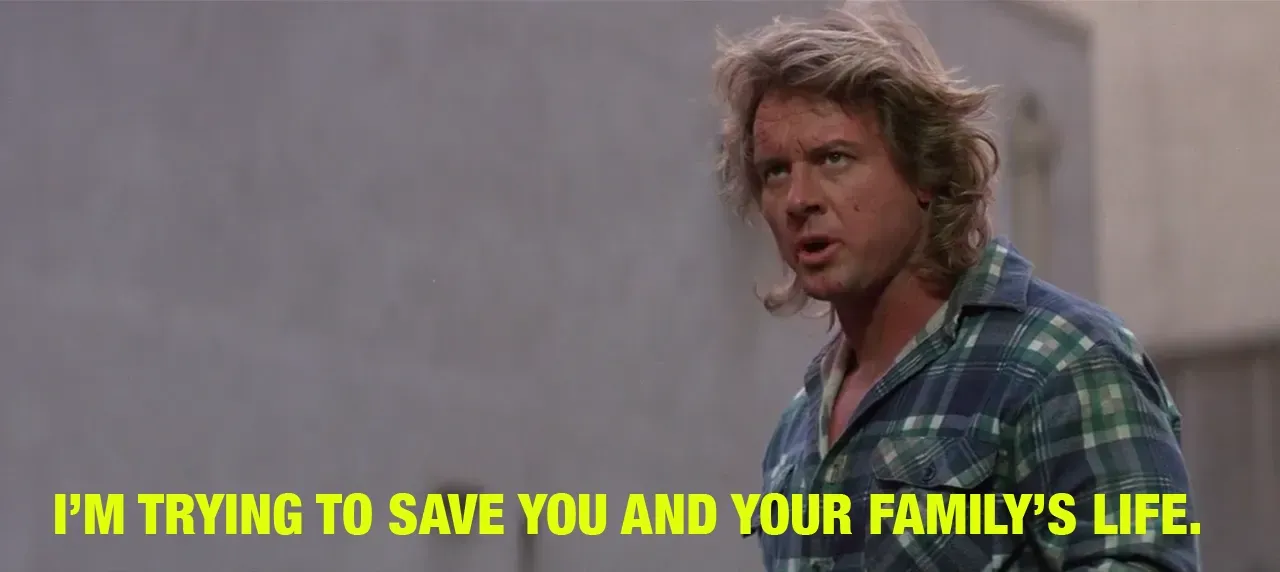
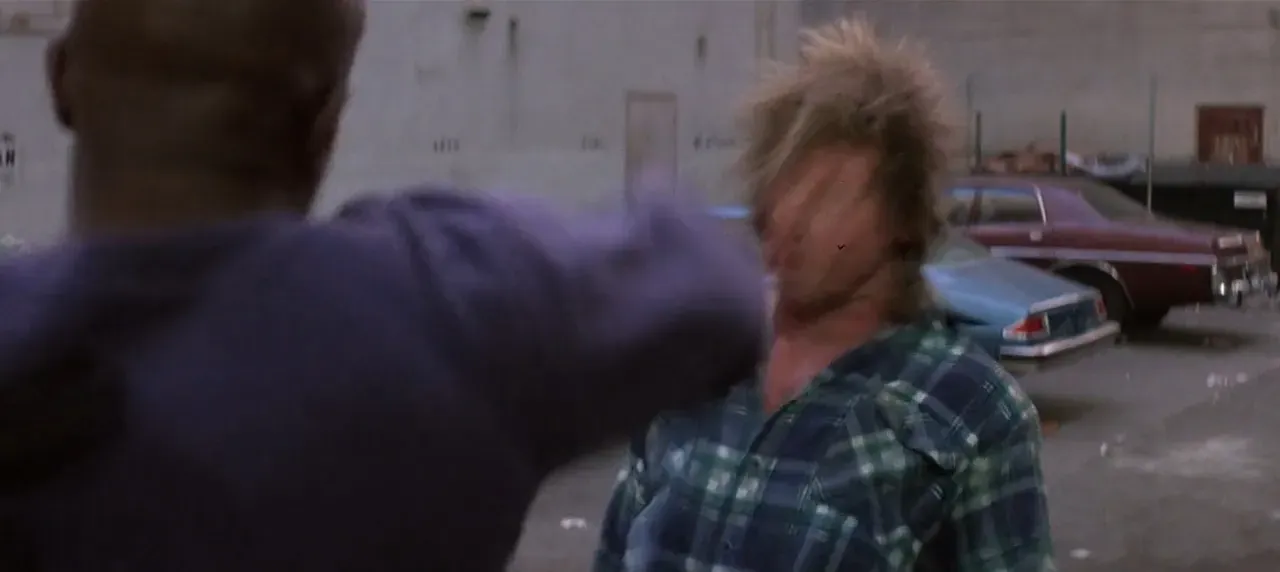
-
What I am going to say, well — it will sound mean, but that’s just because you’re not thinking straight. You’re feeling broken and beaten and you were just trying to save me, and my family — and the whole world and now look at you.
-
You’ve got two black eyes, one of your feet is missing a shoe *and a sock, and the back pocket where you wallet is meant to be has been torn straight off your $600 jeans.
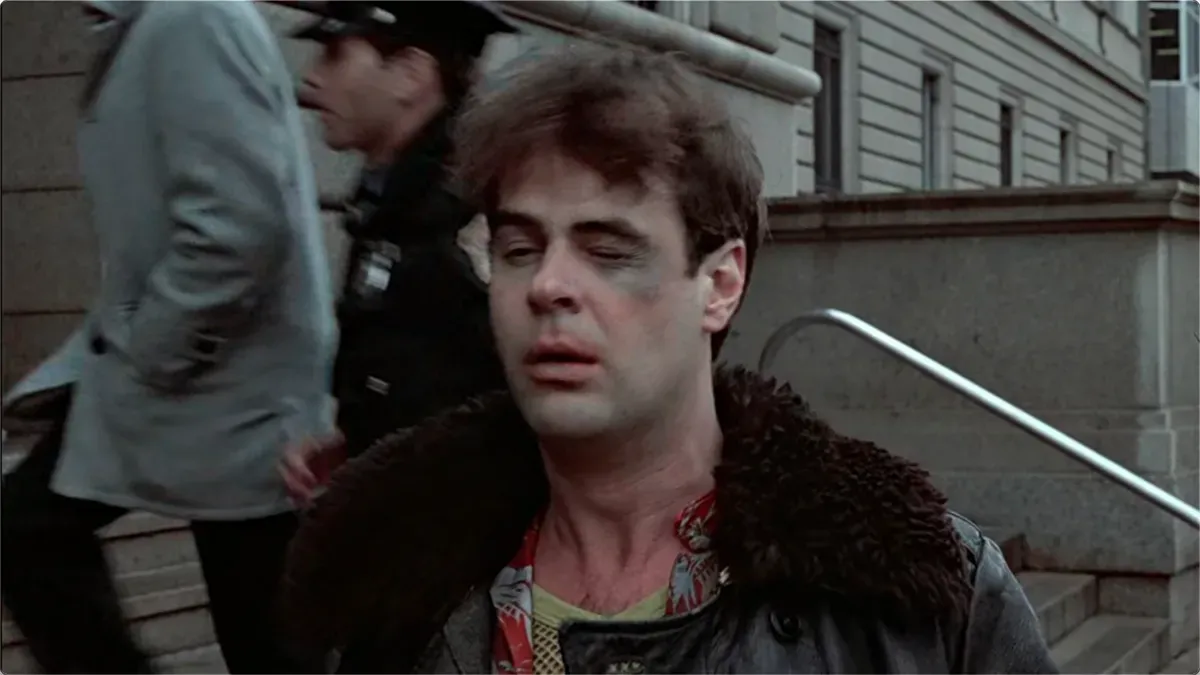
- If this were a 1950s film noir I’d toss a glass of water in your face, slap you quick two or three times across your face and tell you to pull yourself together.
- But this is 2024 and that’ll get everyone in trouble.
- What happened?
- You had a plan, you and your creative spirit.
- You had a plan, and like the great pugilist philosopher Mike Tyson said about people with plans “…”
- Well, if you don’t know what Mike said about having a plan, that’s the start of it all.
- Read on.
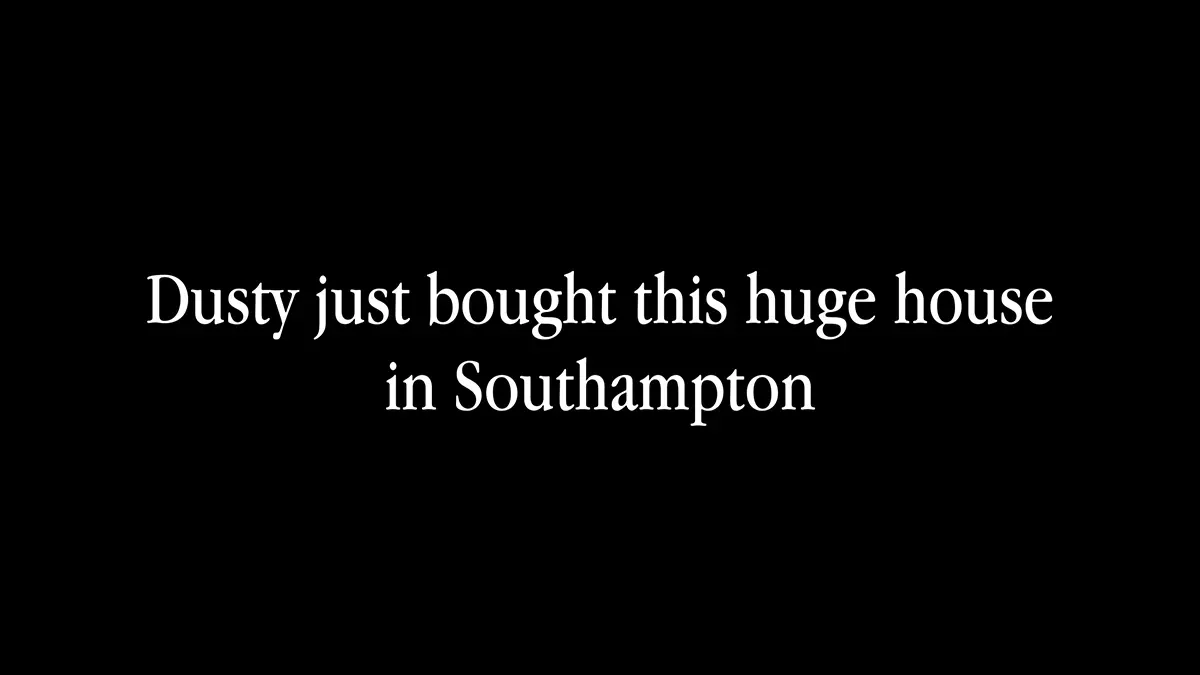
- Have you ever seen that one scene?
- The one from “Hannah and Her Sisters” — a film from the middle-period of Woody Allen. It lays out the structure of the relationship between the creative consciousness and the rational consciousness, between Imagination and Structure.
- No? Oh, man..well..
- It’s a telling albeit flat architecture that you will be familiar with: art is feeling and cannot be bought; money is utility and can buy whatever it desires. The one to the other are in intense opposition.
- It’s an architecture of association and meaning that we could do without because it only shows the conflict and not the outcomes of rich meaningful collaboration between Imagination and Structure.
- It shows us, unhelpfully, that you can only be an artist if you struggle to exist in a world in which the only form of value exchange is this filthy lucre — folding money.
- You can only “be money” if you incessantly buy what you can’t create, and you always and forever buy more.
- That’s all a set-up concocted at some point — maybe we can blame modernity — to imagine that there can never be rich, meaningful, mutually beneficial collaboration amongst art and money, between creativity and rationality, between Imagination and Structure. It’s a set-up that it’s a zero-sum game, and one party will always lose — and by lose I mean, give up on its value by giving up on its values.
- It’s a juvenile set-up, if you think about it. It leads to moments like that one scene which I’ll now describe.
- In this scene we see an allegorical sketch of the relationship between Imagination/Creative Consciousness and Structure/Rational Consciousness.
- Dusty, played by Daniel Stern, and who’s fantastically wealthy, has a very rational problem: he has a huge house, with huge walls, and he therefore needs some huge art to occupy those walls.
- Frederick, played pitch-perfect by Max Von Sydow, is the classic brooding artist archetype, who pursues his dreams by expressing them on canvas: he’s a painter, philosopher, scornful of the worlds of commerce outside. (In another scene, he confidently states that, were Jesus to come back to earth and see what was going on, he’d never stop throwing up.)
- We see the typical Woody Allen “title card” appear as the scene commences: Dusty has bought a huge house in Southampton.
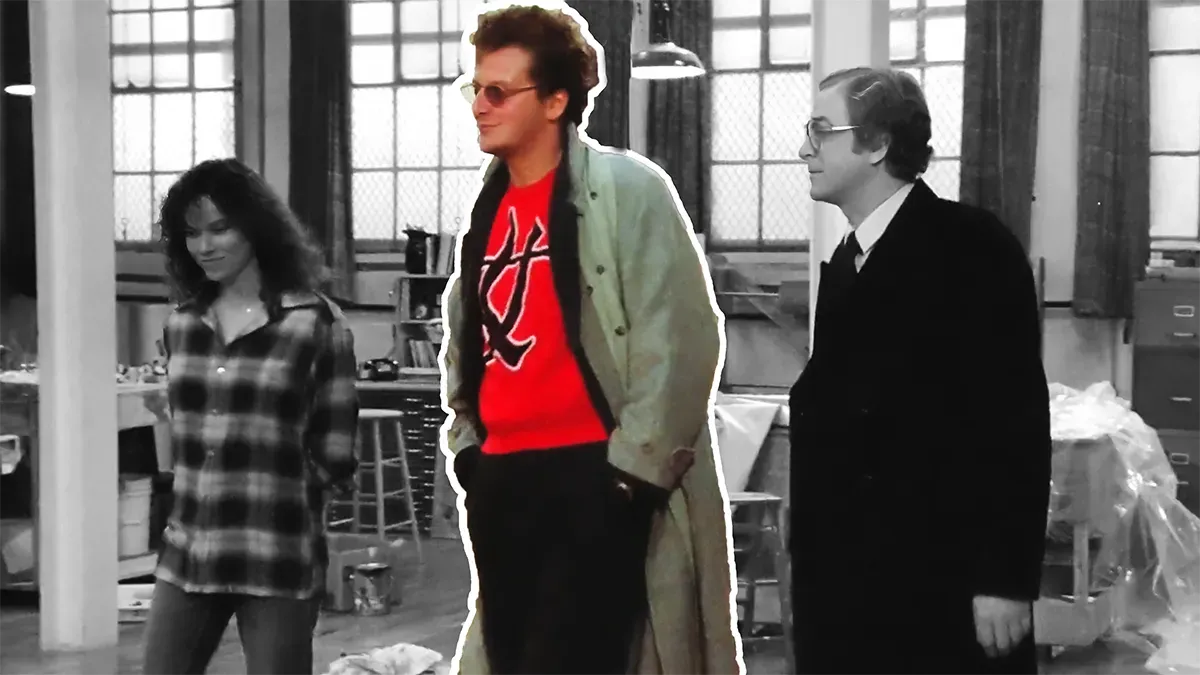
- This is Dusty. He’s the one with the huge house in Southampton that is in need of some art to occupy its enormity.
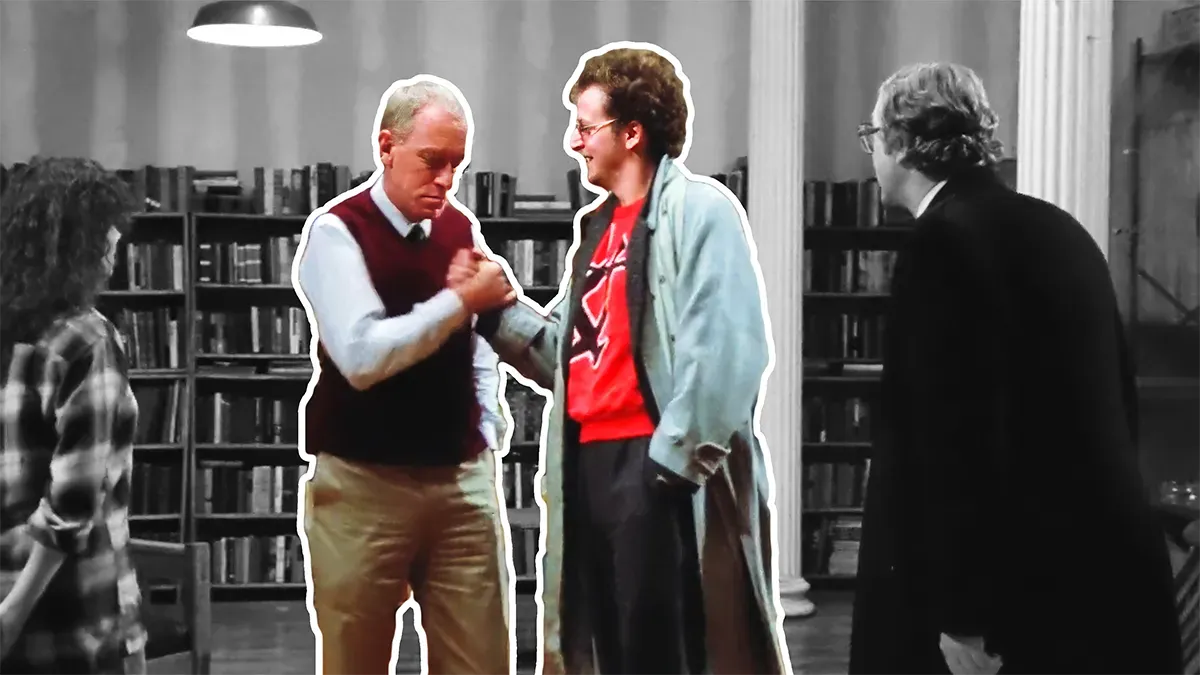
- He’s been brought here to meet Fredrick, here in his brooding artists’ artist loft in old-school Bowery / Chinatown New York City, the New York City Bowery of cheap, dirty lofts, well-occupied by all manner of rodentia. Books. Lots of books.
- Already we get a sense that these two parties, despite being at the table together, are in conflict. Fredrick, the creative consciousness, cannot even look directly at Dusty, the rational consciousness. Dusty does an awkward hand-shake in attempt at representing that he’s ‘down for the cause’ of art and creativity: just look at the way Dusty is dressed, sporting a streetwear-like designer sweater, popped-collar, hair-styled to reflect a sense of hipness. I’m sure he has red sneakers on, somewhere below the frame.
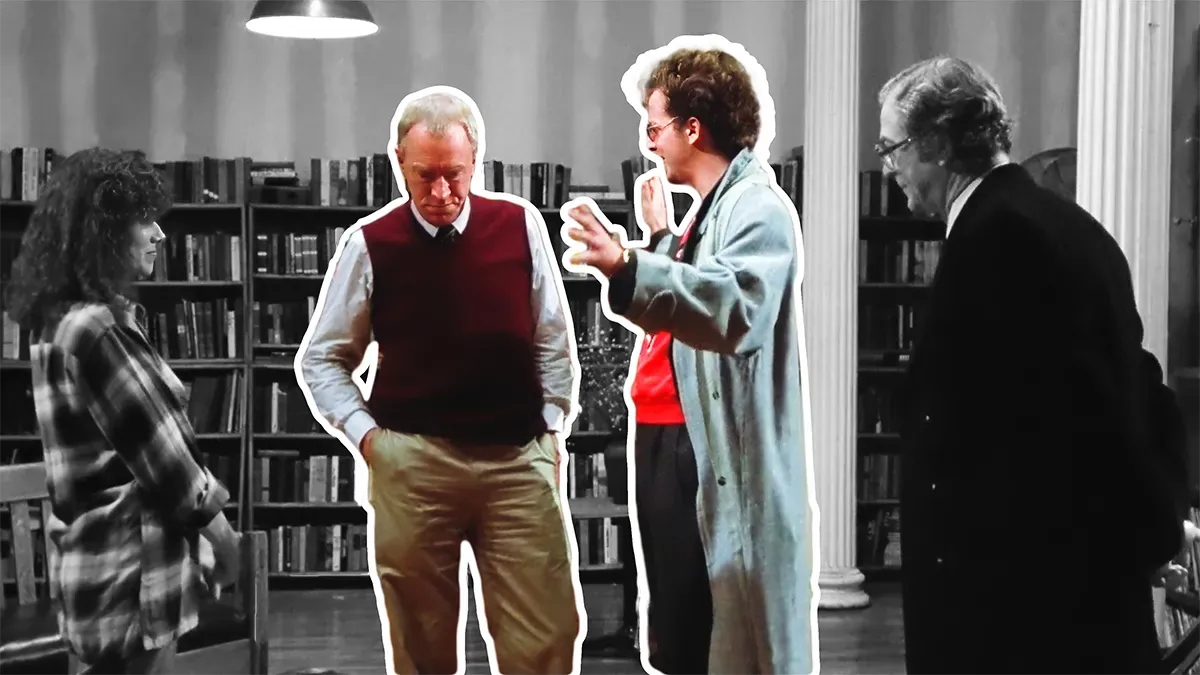
The Stella? The Warhol? They're big and weird!
- Dusty represents his appreciation of art — by telling everyone about the art he has acquired, and signals that he really knows nothing about the ‘Stella’ and the ‘Warhol’ he’s bought beyond that they are ‘big and weird.’
- When Dusty is encouraged to consider some small drawings, carefully put on display for just this meeting, he reminds everyone that he has a really big wall, and needs something really big.
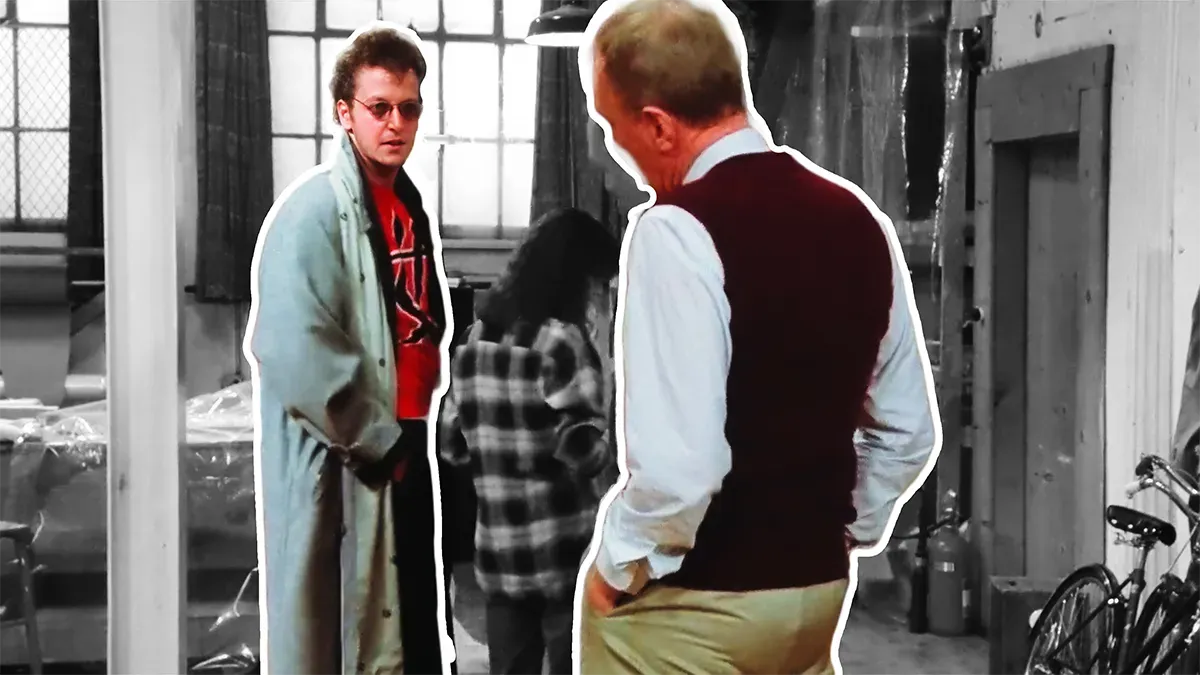
“I do not sell my work by the yard”
- And here the creative consciousness is at the edge of becoming dysregulated: — Fredrick barks out, ‘I do not sell my work by the yard’
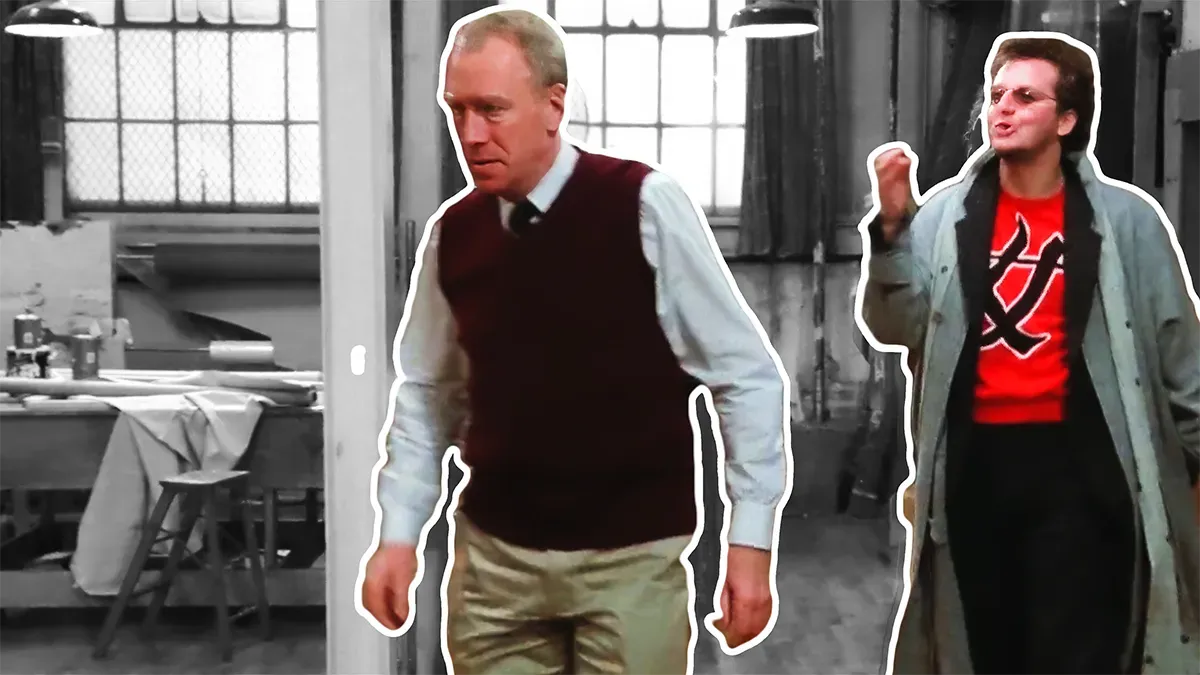
“All I asked is if you had anything with a little puce in it!”
- Dusty continues to parameterize his rational needs: do you have something with a little puce in it to better match my ottoman? I need to consult with my interior decorator first.
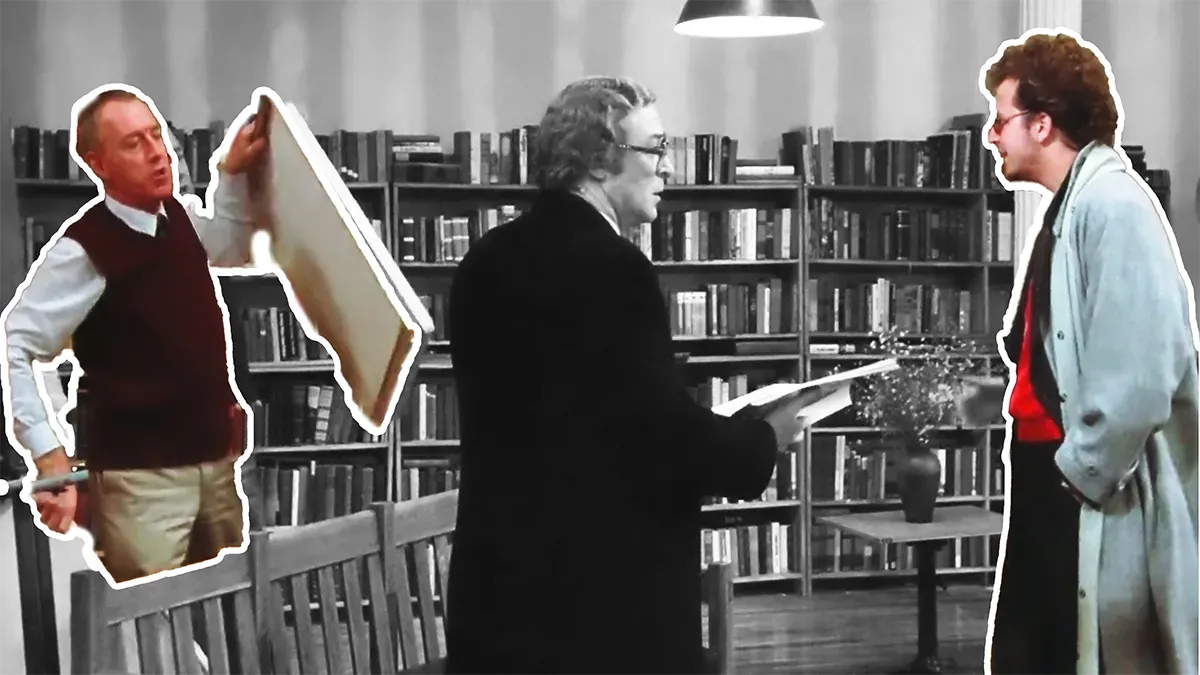
“This is degrading!” Look! I'm taking all my art and you can have nothing!
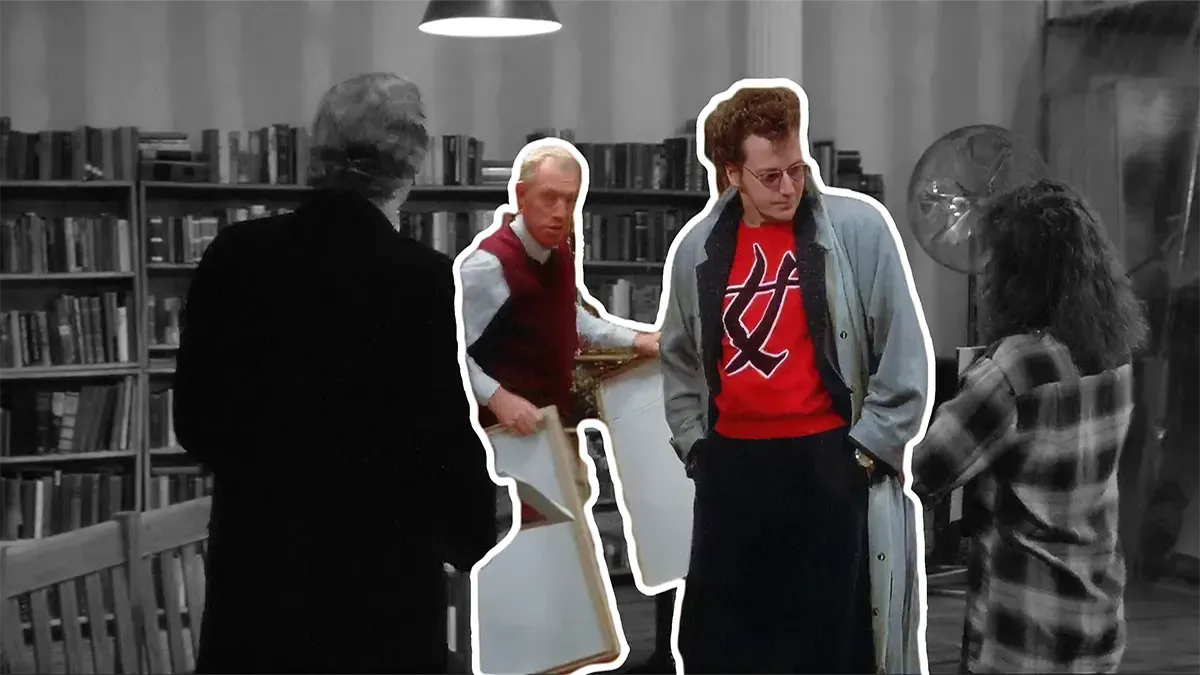
“Forget it, this guy is crazy..let's get outta here.”
- Fredrick finds this whole enterprise degrading to where he is now going to blow everything up by ceremoniously taking all of his drawings out of view and putting them away, as if to say — you can have *nothing, and you’ll see..you’ll see..you shall suffer for the lack.
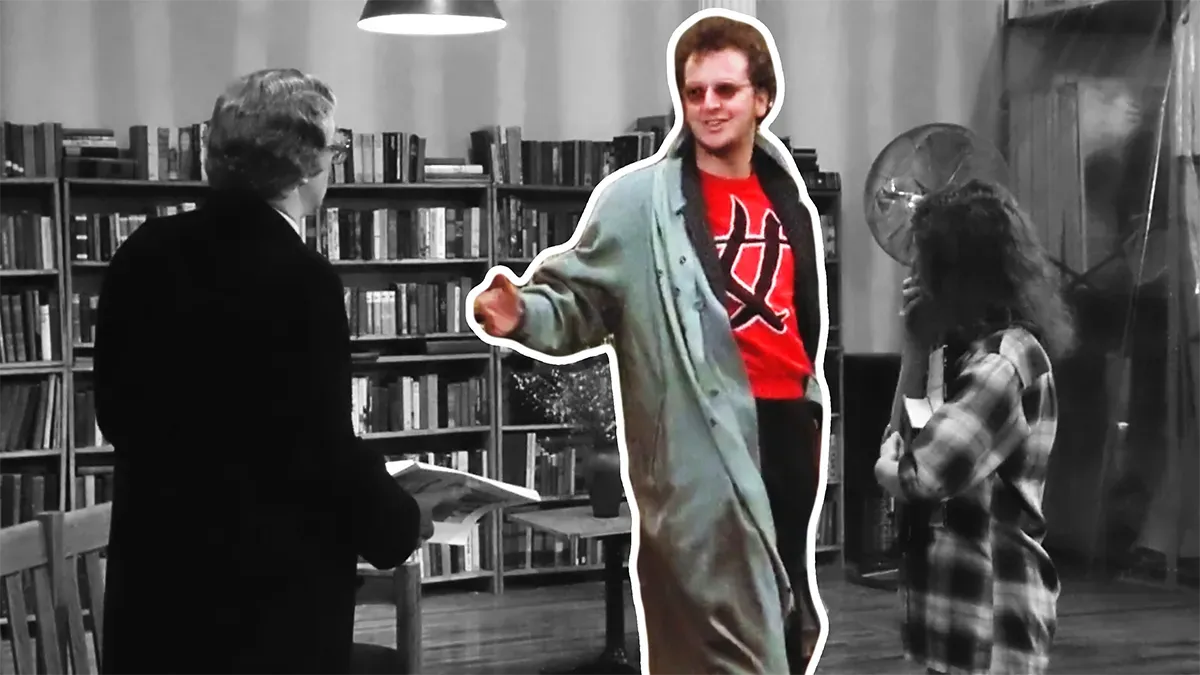
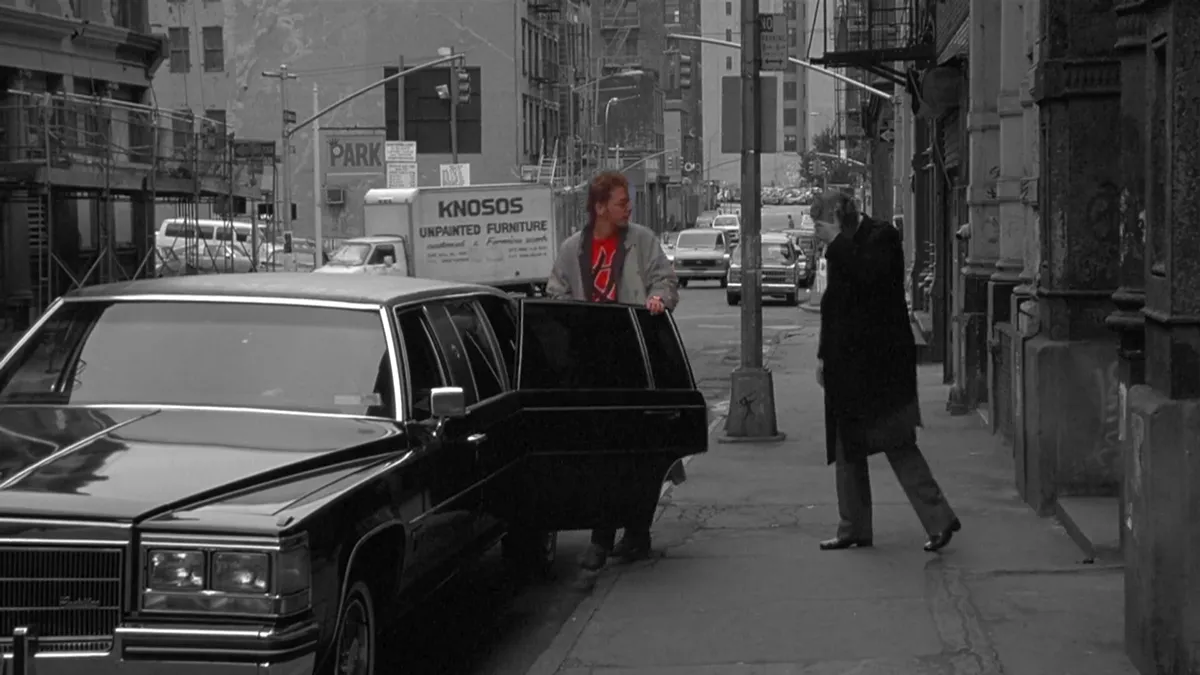
- Dusty determines that his time has been wasted and prefers to take all his money and disappear into his chauffeured limousine, confident that he has lost nothing at all because, well — look at how long this limo is that’s been idling here waiting for my return.
- And here is the conflict between Imagination and Structure, the one and the other not able to see the value they have to offer each other. They both leave the room with nothing more than confusion, conflict, rage and are well-dug in now as to their general scorn for the other.
- This is the predicament. This is the way of being in the world we are born into.
- Imagination *contends with Structure. Structure *contends with Imagination.
- This is the association we have to undo and reimagine.
- It’s been a set-up of ontological arrangements that, effectively, situate the MFA from the MBA in different rooms, altering and constraining the possible ways of associating and mingling, and conversing. And the association makes the one to the other somewhat alien to the degree that it is easy to react with confusion that can turn to fear and thence to anger.
- How do we rearrange this ontological conflict?
- How do we ignite a renaissance of collaboration between Imagination and Structure?
Three Years Ago This Month
- Three years ago to this month, I was in very cursory and preliminary conversations about a senior role in a design organization for a company that, basically and very literally, made cheap, plastic, phone, like..handles?
- They were angling for an IPO.
- Can you believe that? An IPO on volume sales of plastic handles for telephones.
- Of course you can. It makes good, rational sense.
- They come in party colors, and trippy swirls, too. So..there’s that on top of them making rational sense.
- Anyway. This is the world we’re in. One where a CEO of a plastic handles company was going to go to the public capital markets for, well..more.
- The CEO said to me out loud that he was looking for ‘his Alastair’.
- If you’re in and around commercial product design, you’ll know what he was looking for — someone who could do for him what Alastair Curtis did for Logitech.
- However you might laud, debase, or otherwise characterize what a CEO understands a Chief Design Officer to do, it most many cases it basically comes down to someone who can do an Alastair: “more beautiful computer keyboards; more faster gaming mice”.
- Substitute keyboard and computer mouse for whatever you care to: lip gloss, analgesic ointments, shippable mattresses, air fryers, self-heating coffee mugs, toaster ovens, smart cities, mobility solutions, data aggregators.
- Etcetera.
- This is what design has become.
- Wait. Is this what design has become?
- Is this the table setting we wanted? The one where the creative consciousness can sit down and indulge itself? Make its nut and get the “underpriced” $1.3MM 2 bed, 1 bath, single-story bungalow I just heard about over in Los Feliz?
- We sure hoped it was, didn’t we?
- Didn’t we?
- “You mean, I can be creative and be valued for this gift I have developed or this skill I’ve been certified at (certified!) and the mechanics of the value exchange can be..
- “Folding money!?
- “Awesome!”
- For many, the lure of prominence, pay, a Head of.. title, and prideful gloating was just beneath the surface of earnestly claiming that you were ‘creating products with love’ (or however we expressed our contribution as a well-functioning, well-disciplined unit of economic value creation.)
- Whereas once there was an ascendency of design in the C-Suite because the creative consciousness — wait..I mean “design” — got a seat at the table, now there’s a crisis, because the creative consciousness — sorry, I meant to write “design” — got a seat at the table.
- Really, what did you expect when you were invited to a seat at that particular table?
- It sucks to realize that you were the evening’s entertainment and cajoled into playing boar on the floor.
- As soon as you ceased to be enthralling or entertaining, as soon as the tone in the room changed and the boozy host’s mood festered as it considered the declining year-on-year numbers, and the musicians were dismissed, and the kombucha stopped flowing; as soon as that dark, drunk, 2AM slightly sinister and suspicious glower from the CEO appeared, McKinsey came over from the shadowed corner of the room and hands you your $9000 Tom Ford overcoat and $190 Paul Smith scarf, and gestures to the service door with a curt, “that’ll be enough of that.”
- Everyone’s got a plan until they get punched in the face, yeah?
- And when you get punched in the face, do you sulk or get kinetic and rage, looking for someone to blame and yell at?
- We know why we’re in crisis, and it probably has less to do with layoffs and that Design Thinking thing than we realize.
What The Heck Happened?
- Over the last 10 years or so I’ve seen what I would categorize as the most creative people I’ve had the pleasure to associate amongst find themselves in service to some exceptionally successful entrepreneurial people.
- These genuinely creative folks were amply rewarded with mounds of filthy lucre and gobs of accumulated pride for creating everything from yet another faster computer mouse, self-inflating mattresses, beautiful design systems destined for use on trade show banners, better soda pop branding, self-heating coffee mugs, slogans that helped sell little geegaws that changed the music ecosystem such that flows of value shifted *away from actual musicians, etcetera.
- And these genuinely creative folks made us feel that this was the high watermark of creative practice because, well — look at me and my overland Sprinter van I can use to drive over land, rocks, and, you know.. — nature — and check out the buildout of this interior with this Design Within Reach chaise (or whatever).
- These beautiful creative minds created cinematic and awe-inspiring campaigns with A-list celebrities behind the wheel of $90,000 sports cars encouraging us to consider that we probably *do need another car to replace the perfectly good one in the driveway.
- They’ve turned their immense gift for imagining and dreaming other worlds towards the task of slinging vacation rentals, dubious self-driving car gambits, e-mobility solutions, and prettifying SAAS music download data aggregator websites. They’ve given themselves preposterous awards for doing these things, and crowned themselves victorious for their efforts because, well — filthy lucre.
- I’ve sat across from them as they seriously wondered whether $500,000 a year package would enable them to retire now, or in another few years.
- Unhinged from the values associated with the creative consciousness, these truly exceptionally imaginative individuals have accounted for the lurking sense of their own internal conflict by doing a bit of adjunct teaching, or giving each other awards, or doing cancer charity work, somehow ignoring that the manufacturing processes, rare earth materials, consumptive liquids extracted at ecological peril, behavioral patterns encouraged or enforced by the 9x16 screens they design for — and pretty much everything else directly or indirectly associated by their massively affective creative work — is in fact primarily a causal factor *for cancer, delusional behavior, violence — or worse.
The Crisis
-
What is this ‘crisis’?
-
Could it be that the feeling values of imagination, renewal, dreaming new possibilities that lurk within the creative consciousness are in intense conflict with what design has become known as — a utility function, easily harnessed and just as easily dismissed.
-
“But – I thought Structure — I mean, “Google" — loved me?”
-
(“Google” never loved you.)
-
(At best, it lusted. Structure — the rational consciousness — will do that, with a sense of envy, just as Imagination — the creative consciousness — is susceptible to lusting after what Structure has of value: money, fame, attention, business class accommodations, restricted stock options, etcetera.)
-
“Google” wondered about Imagination with awe. You could feel it, couldn’t you?
-
Google would say:
-
“How do you do that thing? How do you know that the kerning should be *that rather than *that?
-
“Wait, you think those colors go together? How do you know?
-
“What a mystery you are… I need some of that mysterious creativity you have that I don’t have. Gimmie.
-
“Wait. Sit for a moment. I’ll show you I know you, and I believe in you, and I want you.
-
“I’ll integrate you into myself.
-
“Look! I’ve started wearing red sneakers, too. Here are some punch colors about the office. No office? Open plan? Kombucha? What’s that, but okay?
-
“Now we’re together, right? Here. Have some fun bean bags and a vegan lunch and six different options for a hot lunch. Dry cleaning, no problemo — that’s easy.
-
“You just wait and see. We’ll change the world, you and I. I can’t do it without you! J’adore!
-
“Here’s how much I love you, I’m going to give you what I value if you give me this imagination of yours. I need that. Wait. Here are some more of these restricted stock options.
-
“Can you feel how much I love you now?
-
“More? Okay, sure. No problem.
-
“When we’re done, there’ll be more on the dresser, I promise. Just don’t get how you get, okay? And please close the door on your way out.”
-
I could be wrong. But when the creative consciousness accepts to measure its success by things like revenue generated, users onboarded, month-on-month growth in active users, something is wrong.
-
When the creative consciousness makes decisions about what job to take based on what funding round the company has done (C is too late, evidently), something is wrong.
-
Is this a crisis?
-
Or is it a fit of confusion followed by rage at having been rug pulled.
-
Now, I don’t want to sound like I’m immune from the despondent feelings associated with being within the crisis.
-
I’ve had my fair share of rug pulls, I’ll tell you what.
-
After I founded, built, grew, and sold my product company OMATA — a success to a degree I can’t even begin to completely express, with every start-up horror story plot fully realized, and not just the one where the one other partner quits right when the work actually gets too hard to suffer while taking half the equity with him — I figured there was nothing I could not do. I mean — I had faced intense adversity and, through will more than anything, brought enough value to the company to make it something someone else wanted to buy.
-
I figured I’d be an enviable hire to lead a team in a tier one product company.
-
I was told, though, that I could do *too much too well, which these days is about as useful as not being able to do anything at all.
-
I became grateful for that assessment, not from the implication that my experience and skills made me as useful as a lamplighter or ice cutter, but from the realization that the world right now is one of highly specialized compartments of work, what we once referred to as ‘the cubicle’ — and I’d lose my mind in a world in which human creative potential was organized in such a way.
-
So what are the other ways of organizing human creative potential?
Is this another creativity versus capitalism polemic?
- That was all pretty mean, I’ll admit.
- Harsh words hit hard when one is sitting on a filthy curb, one eye blackened, missing a shoe and a mysteriously sore nether region.
- That came from somewhere though, and I’m sitting next to you on that curb, to be certain. But, I’ve figured a few things out that I’d like to offer as palliatives.
- I’m not here to make enemies. I’m here to create associations.
- I’ll be even more direct to say, I’m not an anti-capitalist. I believe in value creation.
- I’m not anti-capitalist because I was raised the child of a serial entrepreneur — my mother, a black woman, starting and growing multiple thriving businesses in a bucolic, small, very white town in New Jersey. That put food on our happy humble little table.
- That’s the kind of capitalist I am. Create something others value, something genuine — like a haircut or a bit of local art, or some unique clothing from western Africa — and offer them a chance to exchange value for it.
- I was raised the grandchild of a rich hearted poor black man who raised a family in the very rural tobacco country of Virginia and farmed tobacco and helped me feel, even as a young child, what it meant to build something beautiful. He taught me that whatever you create, make sure you own it.
- And don’t forget, I built and sold a product company in true capitalist mode: get investment, create a thing, clarify its value to the marketplace, offer it at an increment of the cost of goods sold, and trust that if the value is there, people will exchange folding money for it. (And they did.)
Well, so...now what?
- Here’s what I suggest to reignite the vitality of the creative consciousness.
- Do what Imagination and Creativity does well — but do it *with Structure: imagine and build the kinds of organizations of human potential you’d prefer to inhabit.
- This is what we’re doing at this 3rd evolution of the Near Future Laboratory.
- We are actively experimenting with new modes of collaboration between Imagination and Structure, between creativity and the rational ordering of ideas and knowledge.
- We have an imperfect and entirely unsettled mode of collaboration with projects organized internally borrowing little bits from other practice domains like open source collaboratives, and Hollywood — project initiators are Showrunners — and profits from projects are distributed amongst all contributors at the Showrunners discretion.
- We associate actively with others experimenting with new modes of organizing human potential, from open source ontologies to earnest evolutions of the crowd funding idiom, like Metalabel.
- And on and on.
- A constant experiment to discover what lies at the vanguard of possibility for bringing Imagination and Structure into deep, rich, meaningful collaboration.
- This is not for the feint of heart. My experience suggests that most people will give up on anything without a clear, immediate, tangible, and fungible incentive in about the time it takes for them to shrug, flop on the sofa, and pull a cork on a bottle of chilled rosé.
- Can you name three designer-y friends who’d give up a salary to build a new kind of organization that will surely struggle for the fact that its way of operating in the world is so foreign that it’s hard to explain? And do so for a year or more?
- Let me ask you that this way:
- When you see a map of unknown, unexplored terrain do you see potential for exploration or would you rather shrug, flop, and pull a cork?
- Do you see the edges of the map of human potential labeled “Here be Dragons”?
- Or do you see that it actually says “Here be Angels”?
- What do you think?
- Time to Imagine Harder?
Written by Julian Bleecker.
About the author
Julian Bleecker is the founder of Near Future Laboratory, a creative studio, and OMATA, an actual design and engineering-led product company he founded on the last day of 2014. At OMATA he grew the company and brand that built a product that reoriented a category with a strong sense that values precede scale. He successfully represented his dream for the future of the company, which means he was able to sell OMATA in 2021. He considers himself a generalist with a burdensome range of skills, interests, and imagination: he has both bachelor’s and master’s degree in EE/CS and HCI, and a Ph.D. from the History of Consciousness Board of Studies at UC Santa Cruz. At UCSC, he studied with Jim Clifford, Hayden White and Angela Y. Davis. His 2004 dissertation, ‘The Reality Effect of Technoscience’ was supervised by his mentor, Donna J. Haraway. His most recent book is “It’s Time To Imagine Harder”, and “Androids Dream of Electric Sheep”, both independently designed, manufactured and sold in another experiment in new modes of creativity at the edges of the map. He sees Angels in the unknown/unexplored.
Links
- Website: https://nearfuturelaboratory.com/
- Podcast: https://podcasters.spotify.com/pod/show/nearfuturelaboratory
- Linktree: https://linktr.ee/bleeckerj


